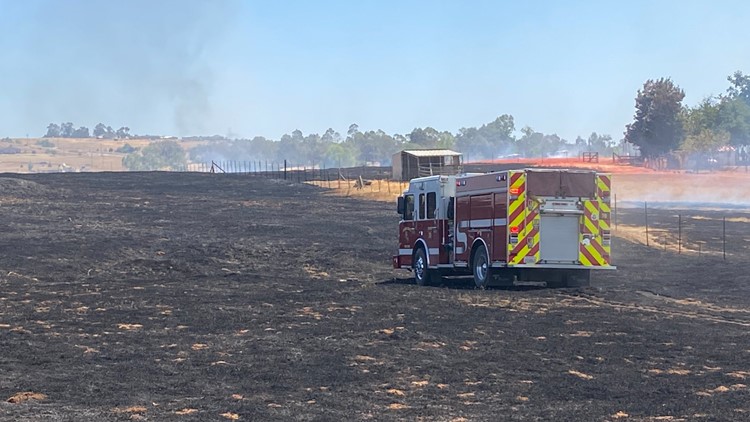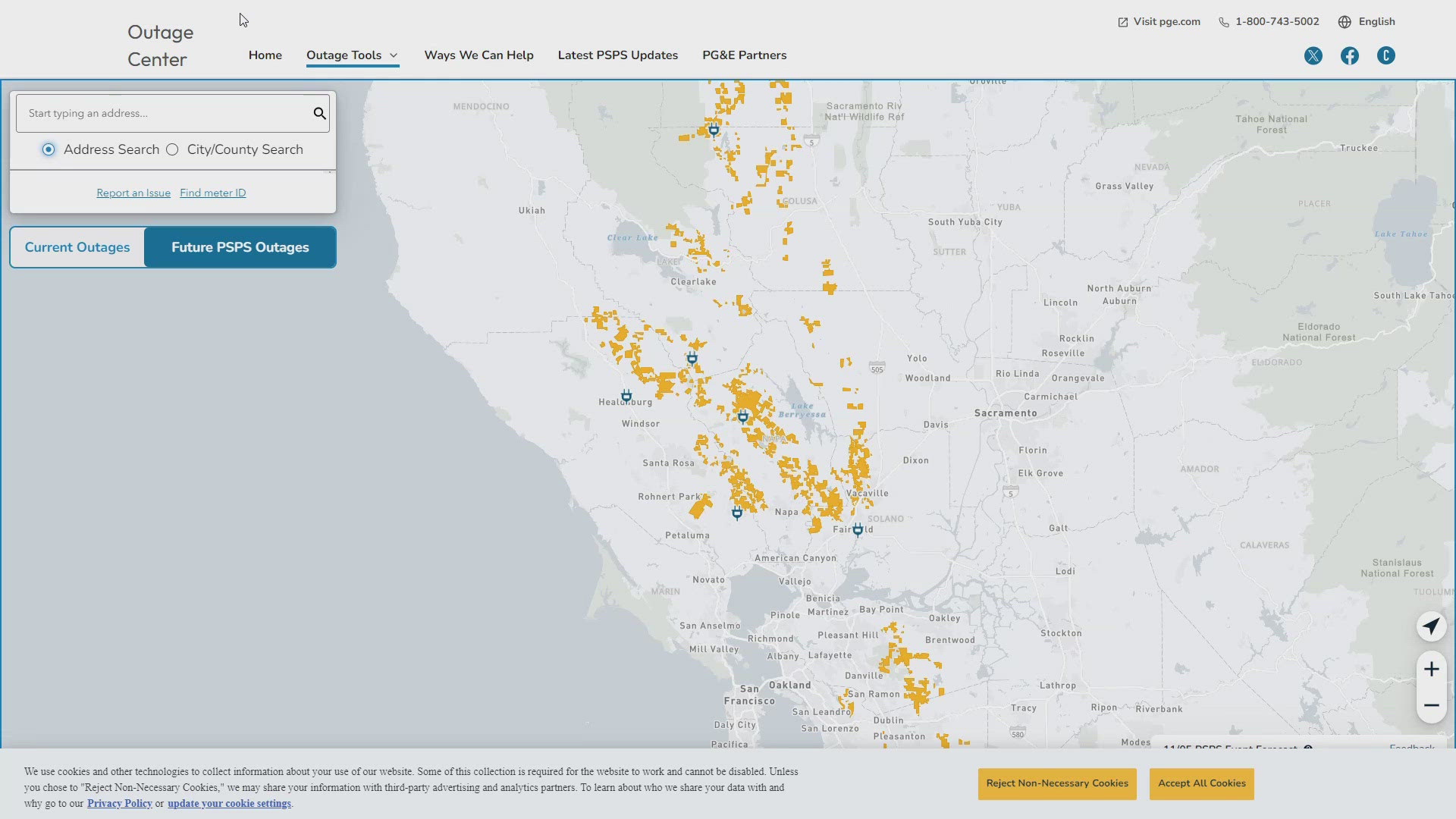CALIFORNIA, USA — California’s fire season is off to a red-hot start. By the start of June, Cal Fire saw more than four times the acres burned than they saw, year-to-date, in 2020.
“Showing how many acres we’ve burnt year-to-date and how many fires we’ve had so far is a huge increase compared to where we were last year, and as we know, last year was a very devastating fire season. We’re really tracking right now to have a very busy fire season,” said Cal Fire Battalion Chief Jon Heggie.
Heggie is a specialist in fire behavior, and he said the state is seeing more fire danger and fire activity than it would usually see around this time.
“What we’re seeing is that the fuels are trending about a month earlier than they would on a normal year,” Heggie said. “A normal year seems like an odd term here in California over the last decade because every year seems to not be normal, and it seems to be compounding with our fire danger.”
He said California’s currently on track for another busy fire season. Here’s why.
Drought-related impacts
California is no stranger to droughts, and Heggie said the state’s previous extended period of drought has left behind a lot of dead vegetation, which serves as fuel for wildfires.
“We’re paying the price for that decade-long drought we had over the last 15 years or so. When you have that extended period of drought a lot of vegetation died. And once it's dead, it never comes back, and that vegetation still exists throughout California.”
Lack of rain
Heggie said the 2021 fire season is shaping up to be a little more dangerous due to the lack of rain in the winter.
Moisture in vegetation and brush is the difference between a “heat sink” and a “heat source.” Lower moisture means the vegetation acts as a heat source, meaning it is very dry and receptive to fire. Vegetation with moisture is a “heat sink,” meaning it has a harder time burning.
“Those two factors is really what’s going to be driving us as we go through the summertime,” Heggie said.
Be prepared and be smart about it
Heggie emphasized the staples of being prepared for wildfire, defensible space, home hardening, and heeding evacuation warnings.
He said these efforts from the public can help firefighters in the long run against California’s wildfires, but undertaking these efforts in the wrong conditions could be dangerous.
A lawnmower actually sparked a fire behind a Herald fire station earlier this week, according to the Herald Fire Protection District. Heggie said dry conditions can make something as basic as mowing the lawn a fire risk; he suggests doing those efforts in the morning when fuel moisture is higher. Cal Fire said you should never mow in windy or excessively dry conditions because blades can strike rocks and spark fires.
“Fire conditions throughout California are already showing themselves as being ready to burn and we as an agency are ready, but we’re asking the public to be ready as well,” Heggie said.
WATCH ALSO: Set, Go!





















